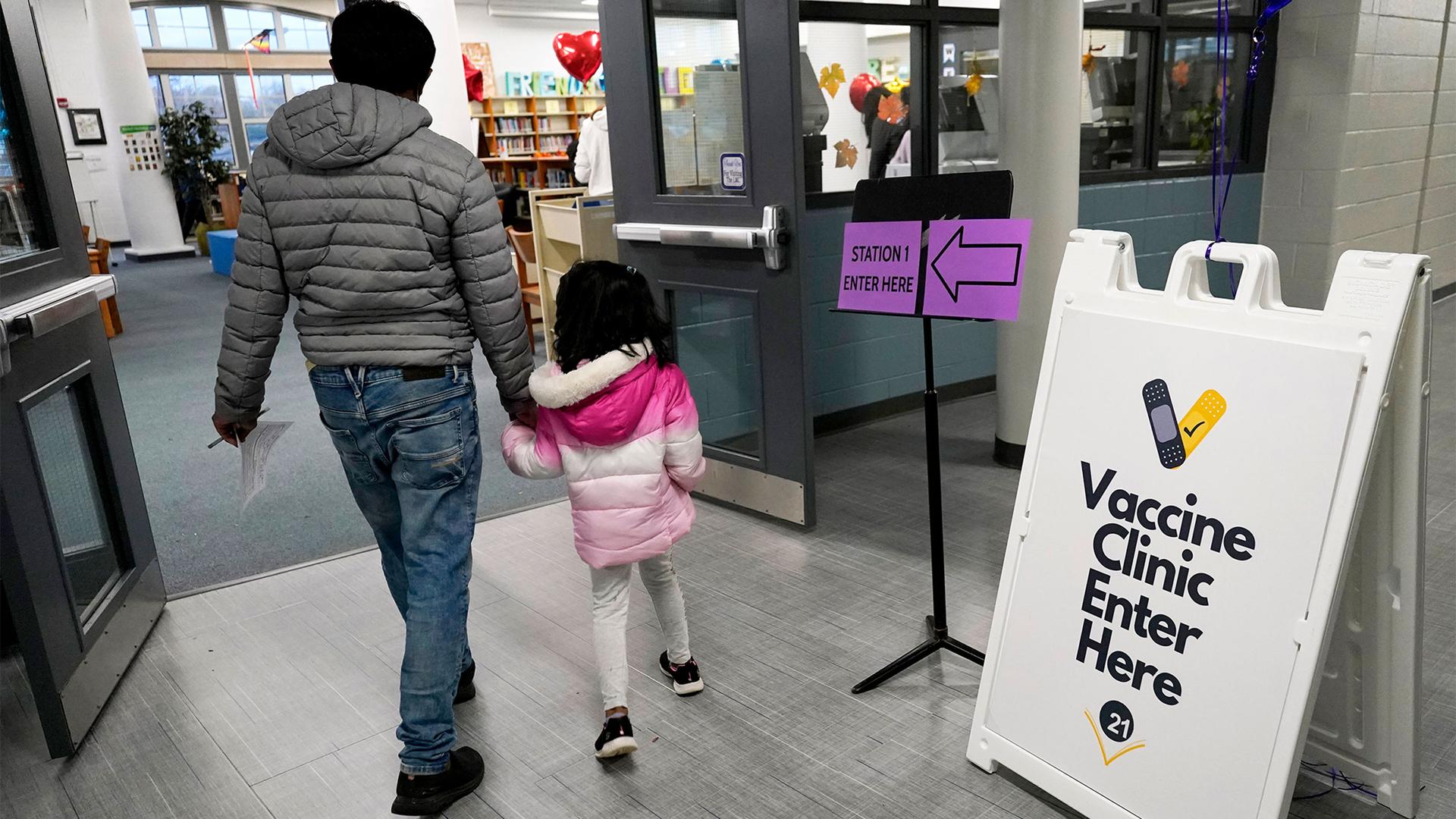Discussion: Children’s mental health during COVID
The COVID-19 pandemic has taken a toll on populations across the globe. And for children, the past two years have been a significant part of their young lives, affecting everything from their social interactions to their physical and mental wellbeing.
UNICEF did an analysis of various studies on the mental health of tens of thousands of children and adolescents across 22 mostly high and upper middle-income countries — between November 2019 and November 2020 — and found “higher levels of depression, fear, anxiety, anger, irritability, negativity, conduct disorder, alcohol and substance use and sedentary behaviors, compared with pre-pandemic rates.”
Certain coping strategies, including having daily routines and regular physical activity, have helped buffer against depression and were associated with better moods. Good communication with loved ones also helped manage pandemic stressors and lockdowns.
Related discussion:A deepening coronavirus crisis in Latin America
Another factor that’s contributed to mental health pressures on households is financial insecurity. “Millions more families have been pushed into poverty, unable to make ends meet,” UNICEF revealed in its own report published in October. “Child labor, abuse and gender-based violence are on the rise,” while investment in necessary resources “remains negligible.”
The report added that the coronavirus pandemic “has created serious concerns about the mental health of children and their families during lockdowns, and it has illustrated in the starkest light how events in the wider world can affect the world inside our heads,” as well as highlighting “the fragility of support systems for mental health in many countries, and it has – once again – underlined how these hardships fall disproportionately on the most disadvantaged communities.” It went on to add that the specific impacts of the pandemic on mental health could take years to be fully assessed.
Related discussion: A deepening coronavirus crisis in Brazil

In the US, parents, teachers and other caretakers have tried to find creative ways to address the needs of children.
More than 20 public school districts have extended their Thanksgiving holiday breaks to include “wellness days” for their students and staff, giving them a chance to reconnect and recharge.
Earlier this month, on Nov. 2, the Centers for Disease Control and Prevention approved the COVID-19 vaccine, produced by Pfizer-BioNTech, for children in the US between the ages of 5 and 11. The move allowed for more flexibility for kids to safely resume school and social activities.
Some American schools even used the windfall of federal coronavirus relief money to expand their capacity to address students’ mental health struggles, including problems like absenteeism, behavioral issues, and quieter signs of distress.
As part of The World’s regular series of conversations about the pandemic, reporter Elana Gordon moderated a discussion with Karestan Koenen, Professor of Psychiatric Epidemiology at Harvard T.H. Chan School of Public Health, to discuss these efforts and the challenges surrounding the mental health impacts of the pandemic on children.
The AP contributed to this report.